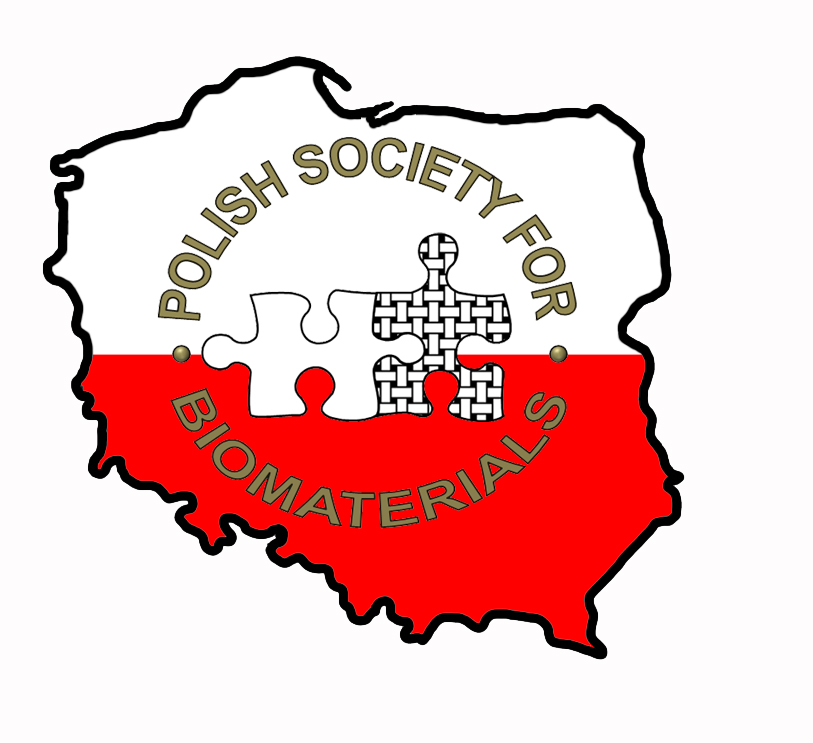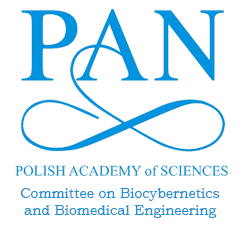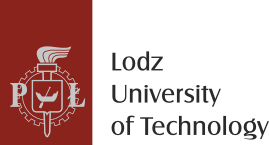The WORKSHOP DAY held on 26th September 2023 is an accompanying event of the XXIII Polish Conference on Biocybernetics and Biomedical Engineering (PCBBE 2023). It is planned especially for young researchers – students and PhD students.
As a part of the WORKSHOP DAY it is planned to hold such activities as:
- Two lectures of prominent scientist
- Young researchers’ poster session
- Selection of workshops (trainings) for participants
» The updated schedule of the WORKSHOP DAY
| 9:00-9:30 | Registration at the entrance to the Factory of Engineers of the XXI Century (building A18; Map of Lodz University of Technology) |
| 9:30-9:45 | Opening remarks (room 102) |
| 9:45-10:15 | Lecture I (room 102) Textiles in lightweight composite structures, dr hab. inż. Marcin Barburski, Professor of the University |
| 10:15-10:45 | Lecture II (room 102) Geometric modeling and quantification of the blood-vessels’ lumen from 3D images, prof. dr hab. inż. Andrzej Materka |
| 10:45-11:00 | Coffee break |
| 11:00-12:30 | Workshop I |
| 12:30-12:45 | Coffee break |
| 12:45-14:15 | Workshop II |
| 14:15-14:30 | Coffee break |
| 14:30-16:00 | Workshop III |
| 16:00-17:30 | Workshop IV |
All the activities take place at the Factory of Engineers of the XXI Century (Stefanowskiego 1/15 street, building A18). The exact location of the workshops will be announced during registration.
There will be the possibility to register for the conference during registration to WORKSHOP DAY
All the workshops will be conducted in the four time slots according to the following order:
- Workshop I: Basic of Thermal Imaging (a) or Raman Spectroscopy of carbon materials or Deep learning with SLURM or The use of fluorescence microscopy
- Workshop II Basic of Thermal Imaging (b); or Introduction to texture analysis or The use of fluorescence microscopy
- Workshop III: The use of fluorescence microscopy
- Workshop IV: The use of fluorescence microscopy
The workshop list
1. The use of fluorescence microscopy
During the course, we will introduce methods of visualization of living cells on abiotic surfaces. We will present research methods using fluorescent dyes that allow to distinguish live cells from dead, and compare them with staining dyes based on non-fluorescent ones. As model organisms we will use bacterial and fungi cultures. One additional aspect will be presentation of examples of dye used during the tests bacterial biofilm formation on metal surfaces and surfaces of the fluorescent polymers. Finally, selected methods for the determination of the metabolic activity of the cells adhered to the surface of biomaterials will be presented.
2. Parylene coatings
A subject of the workshop is a process of vacuum deposition/polymerization of xylylene polymers, commonly known as Parylene technology. A number of different substrates, ranging from hygienic paper to simple printed board circuits (PBCs), will be coated with films of Parylene C in order to present unique characteristics of the coatings, such as their hydrophobicity, excellent barrier and dielectric properties or mechanical strength. A role of process operational parameters as well as different Parylene applications will also be discussed.
3. Raman spectroscopy of carbon materials
During the workshop participants will be introduced to the Raman spectroscopy technique – a particularly valuable tool in the characterization of carbon nanomaterials. Participants will have the opportunity to examine the structure of carbon materials, such as inter alia, graphene, carbon nanotubes or diamond-like carbon (DLC) thin films, and they will get acquainted with the interpretation principles of the received spectra.
4. Brainstorming techniques MIXER
Brainstorming is commonly treated as an universal key to all the locks but it is NOT TRUE. Brainstorming is rather a set of picklocks that should be wisely selected for the given purpose. That worksop will be an occasion to get acquainted with some ways of generating and evaluating ideas that might be useful to find posible ways to approach given problem but also as general way of channeling free flow of creativity.
5. Deep lerning with SLURM
Deep learning is a hot topic in multipile applications. The Slurm Workload Manager, formerly known as Simple Linux Utility for Resource Management (SLURM), is a free and open-source job scheduler for used by many computer clusters. During the course, participants will learn the basics of working on a computer cluster utililizing the Slurm system. As an example the use of a Python scripts implementing the training and inference of an artificial convolutional neural network in the Tensorflow/Keras environment will be presented.
6. Basic of Thermal imaging
During the workshop, participants will have the opportunity to familiarize themselves with the operation of thermal imaging cameras and their use.
The physical basics of thermography will be presented, for example, the influence of the emissivity coefficient on the temperature measurement result.
During the practical classes, it will be shown how to properly perform measurements with a thermal imaging camera.
7. Introduction to texture analysis
Qmazda is an open-source software package used for image analysis, particularly for images containing textures. The programs enable texture feature extraction, color and image morphology analysis, segmentation of textured images, and image classification. The program is an alternative to commonly used deep neural networks.
Workshop exercises will include an introduction to image analysis concepts in the qmazda program. Exercises will involve the extraction of image features locally and within regions of interest in biological and medical data. The exercises will cover the analysis of two-dimensional and three-dimensional data, including magnetic resonance and computed tomography images. We will also cover the classification of biological materials, including feature selection, training of linear and nonlinear classifiers, and classifier validation. Moreover, we will experiment with texture image segmentation, demonstrating that the methods used in the qmazda package allow for the extraction of information invisible to the human eye.
Participation in the workshop will enable participants to use feature extraction methods and classifiers developed in the qmazda package in their own applications for the analysis of biomedical images.






